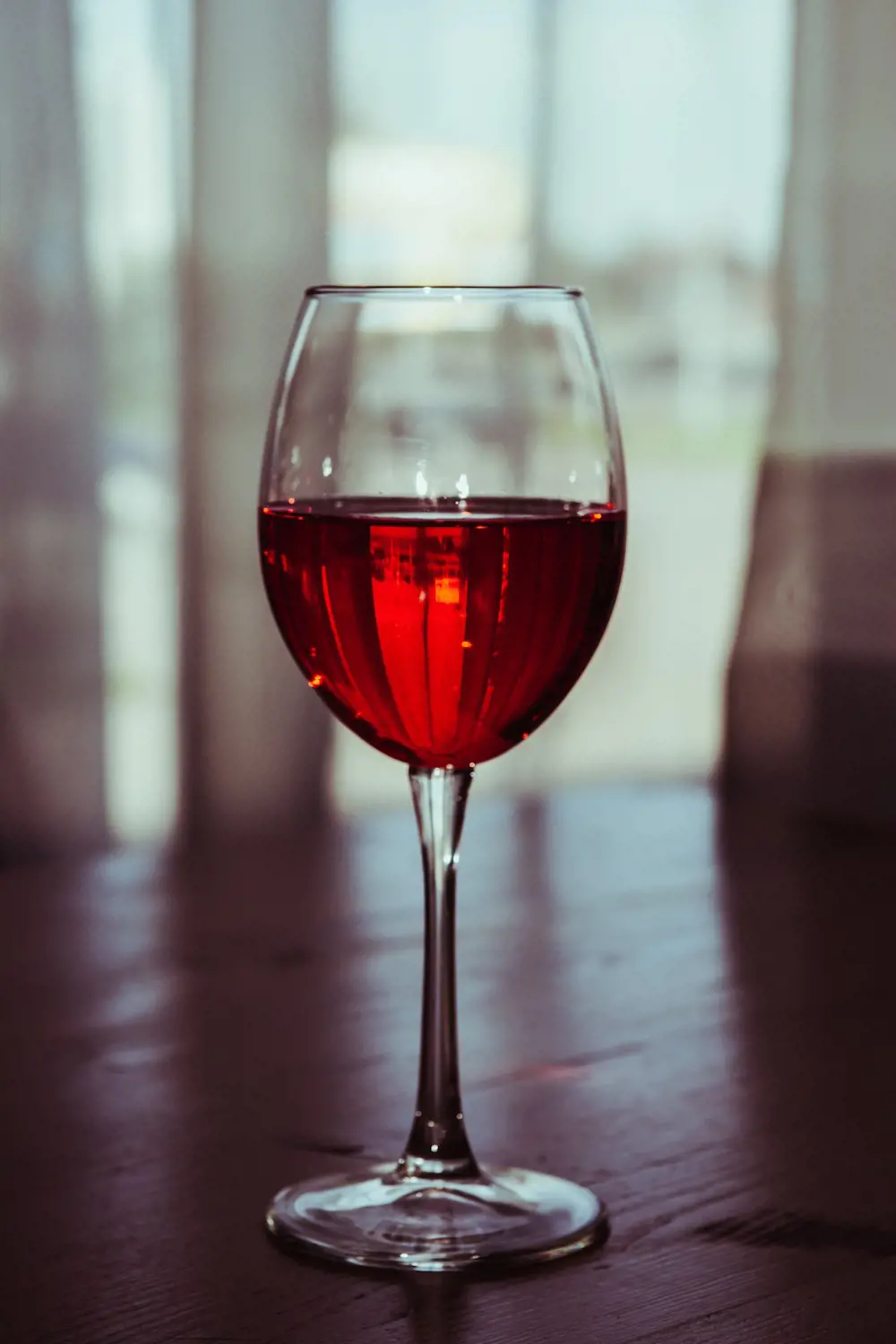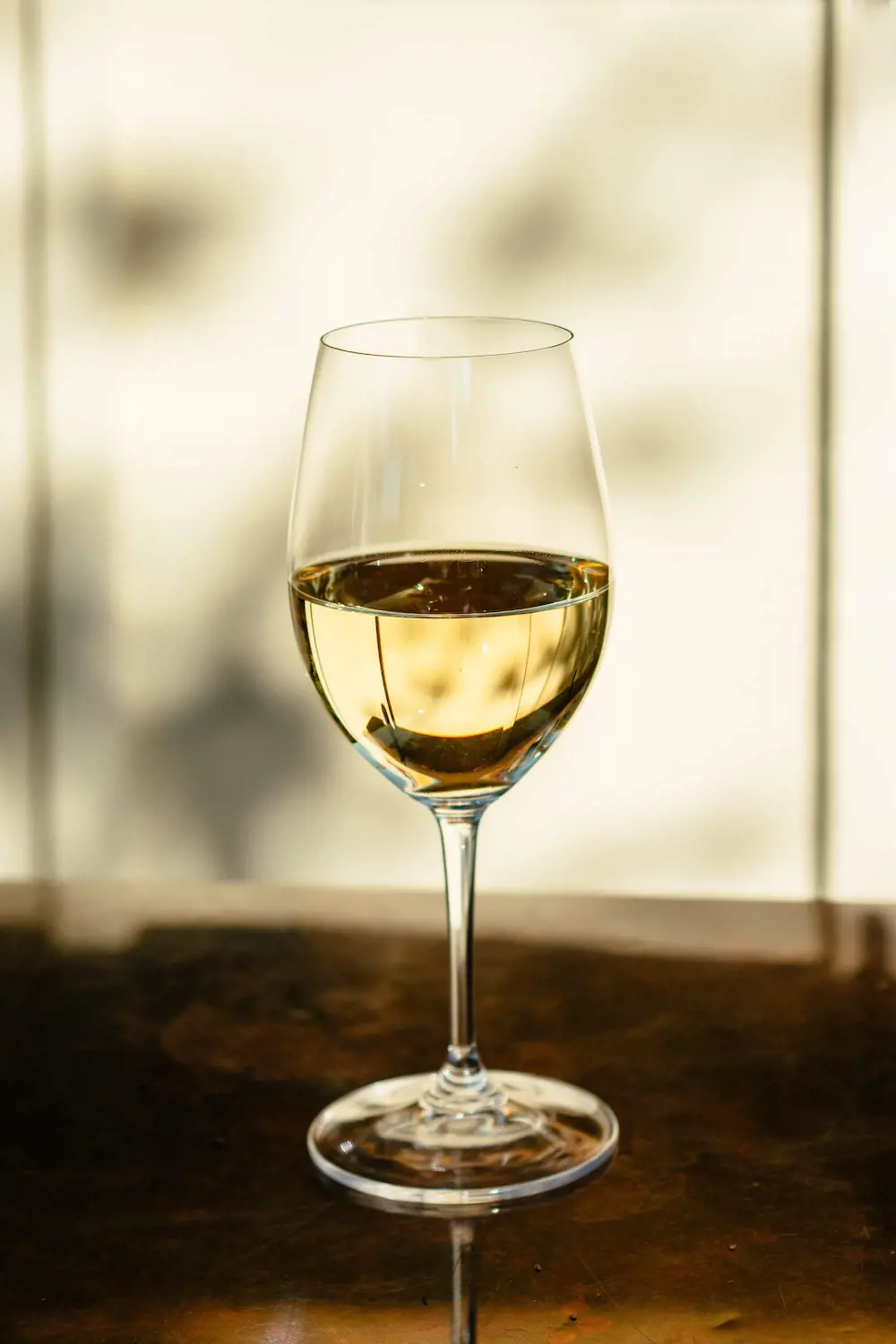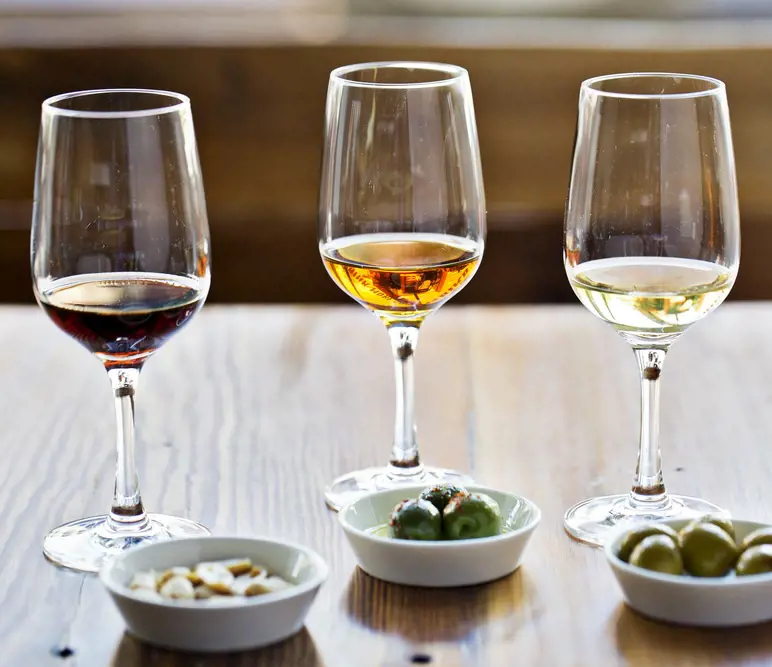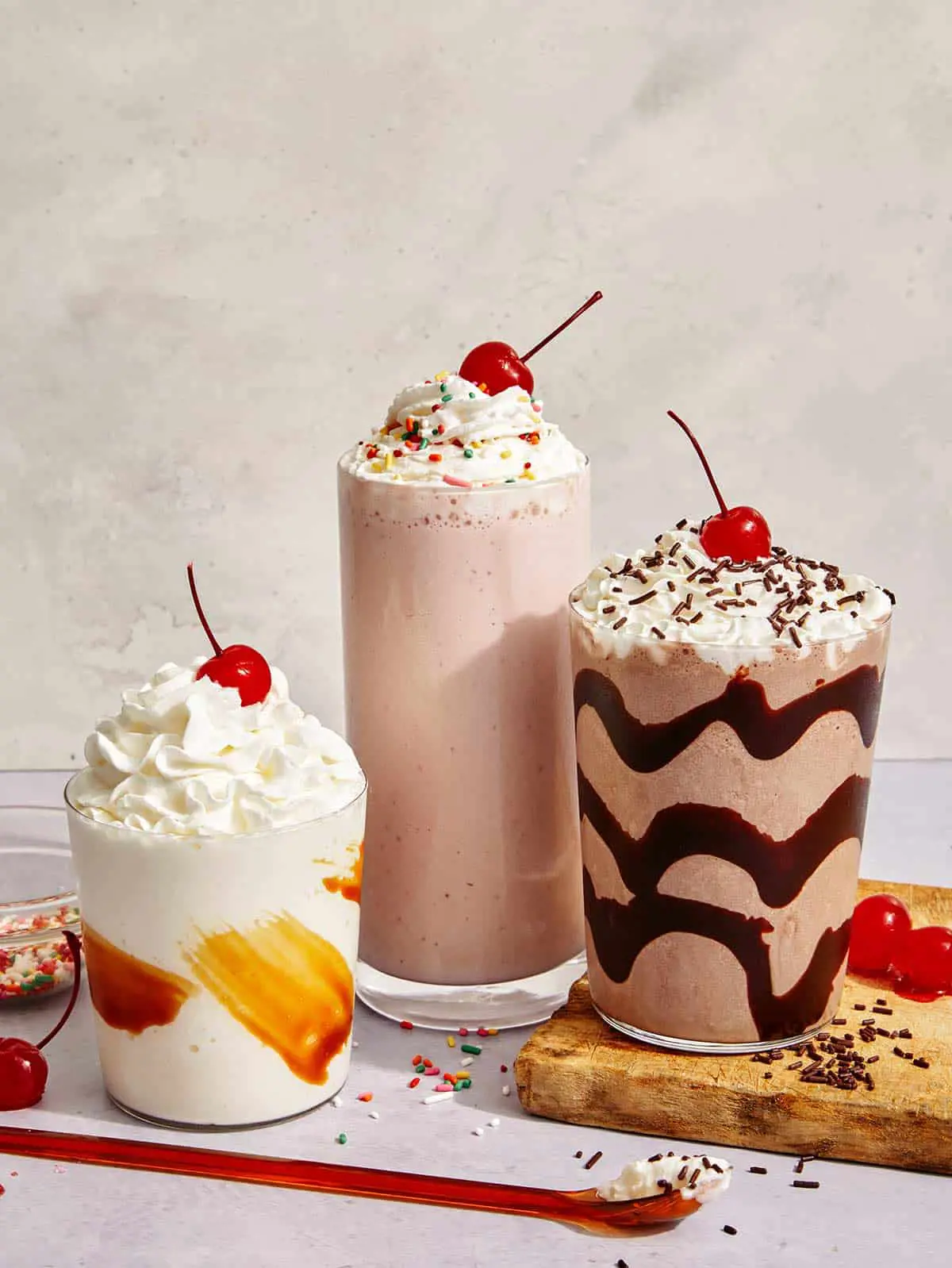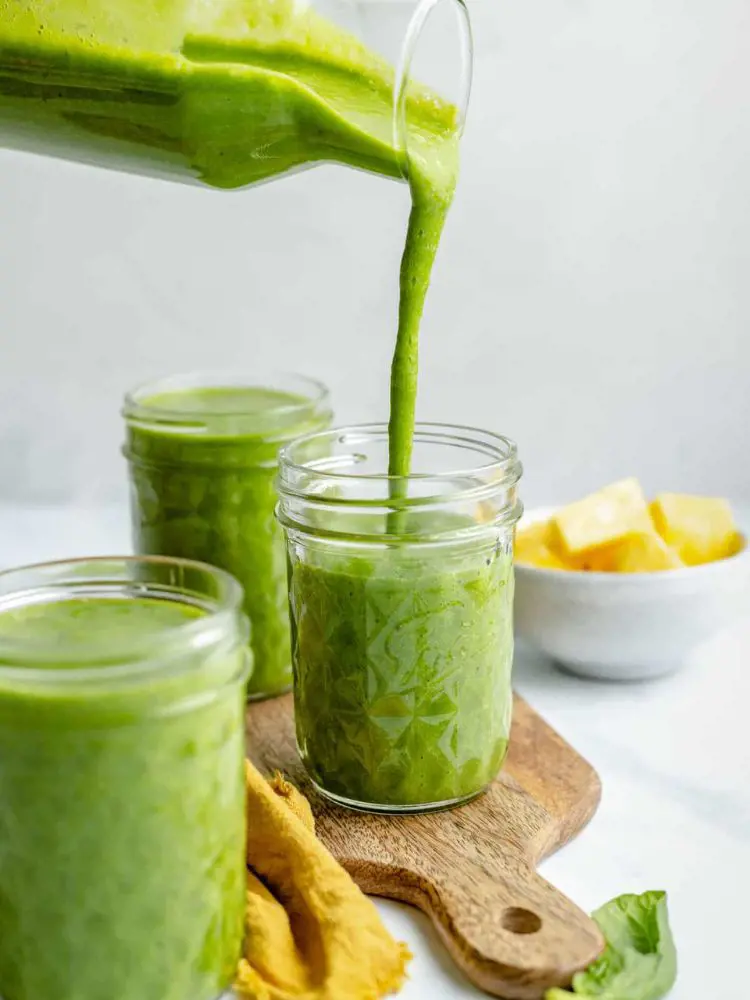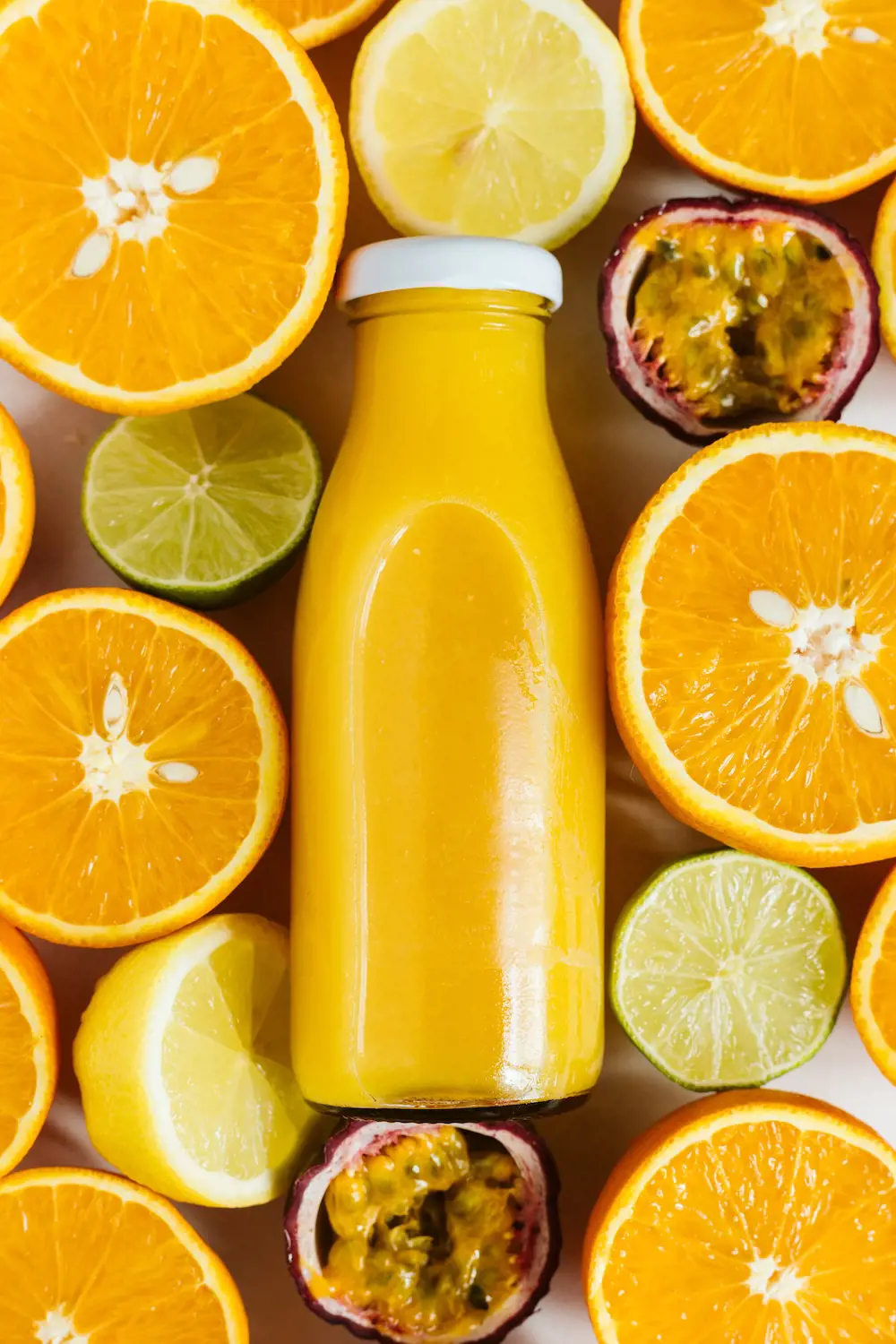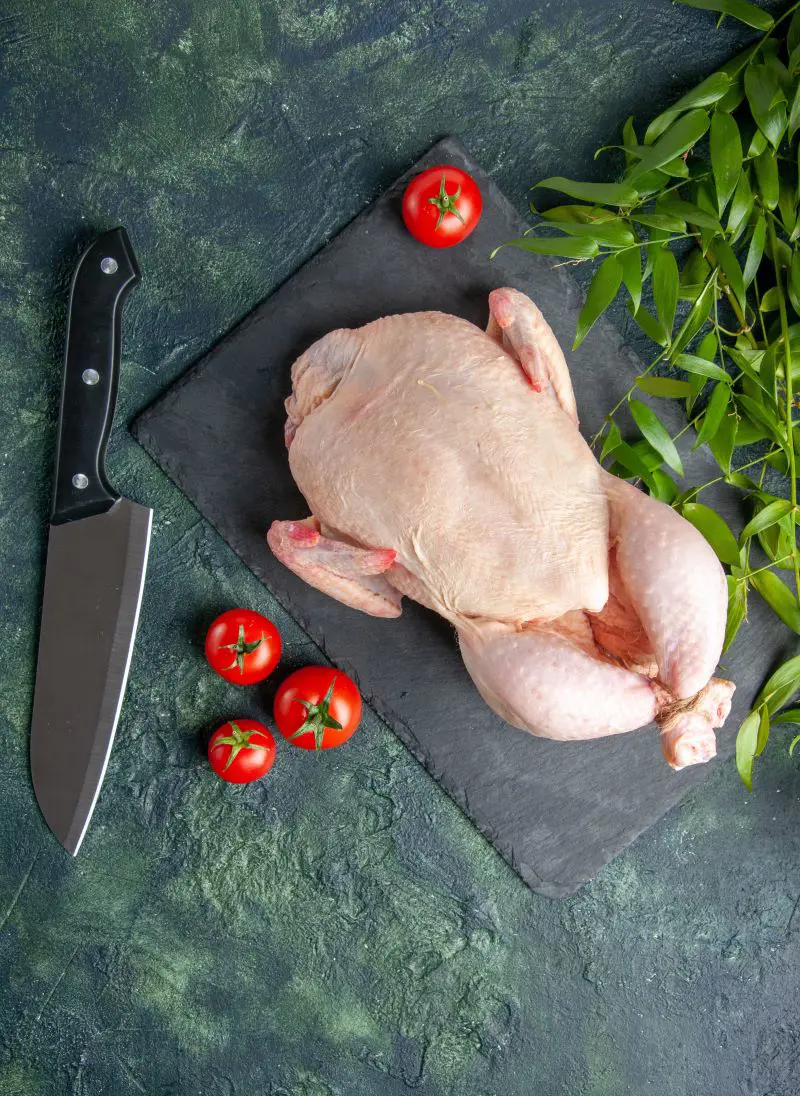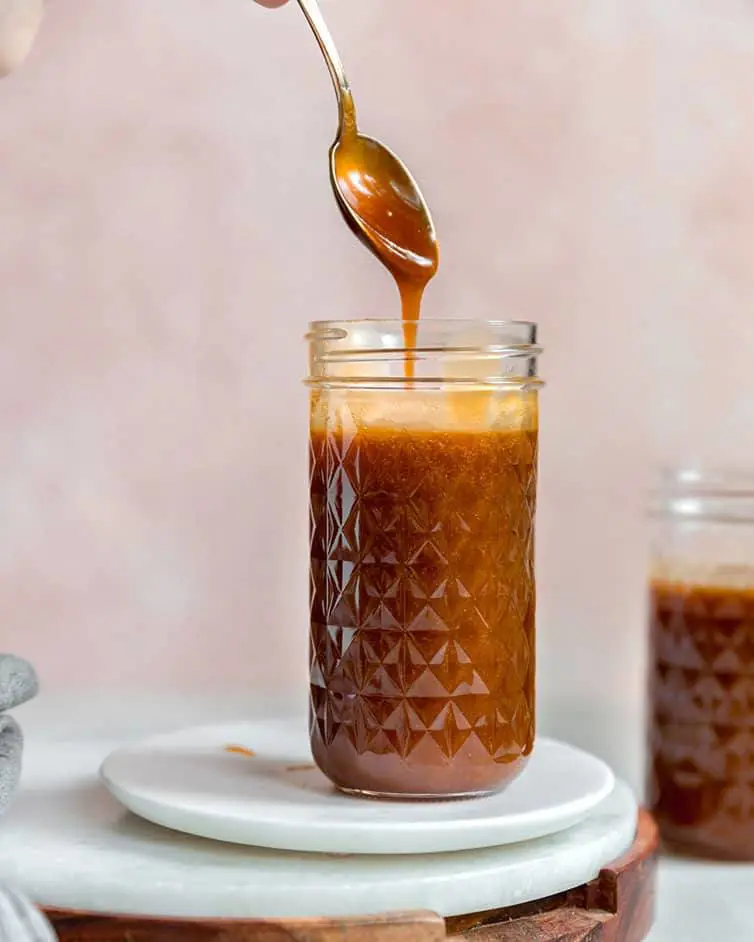How Many Calories Are In Wine?

The calorie content in wine can vary depending on factors like the type of wine, its alcohol content, and serving size. On average, a standard 5-ounce (148 ml) glass of wine contains about 120-130 calories. However, this number can fluctuate.
In general, sweeter wines tend to have more calories due to their higher residual sugar content. Red wines, with their bolder flavors, typically fall within the 120-130 calorie range, while white wines can be slightly lower.
The alcohol content is a significant contributor to wine's calorie count, as alcohol itself is calorie-dense. Wines with higher alcohol by volume (ABV) will generally have more calories. For those mindful of calorie intake, choosing wines with lower ABV can be a strategy.
It's essential to note that the serving size also matters. A standard pour is about 5 ounces, but many wine glasses can hold more. Larger servings mean more calories. Additionally, fortified wines and dessert wines tend to have higher calorie counts due to their increased sweetness and alcohol content.

